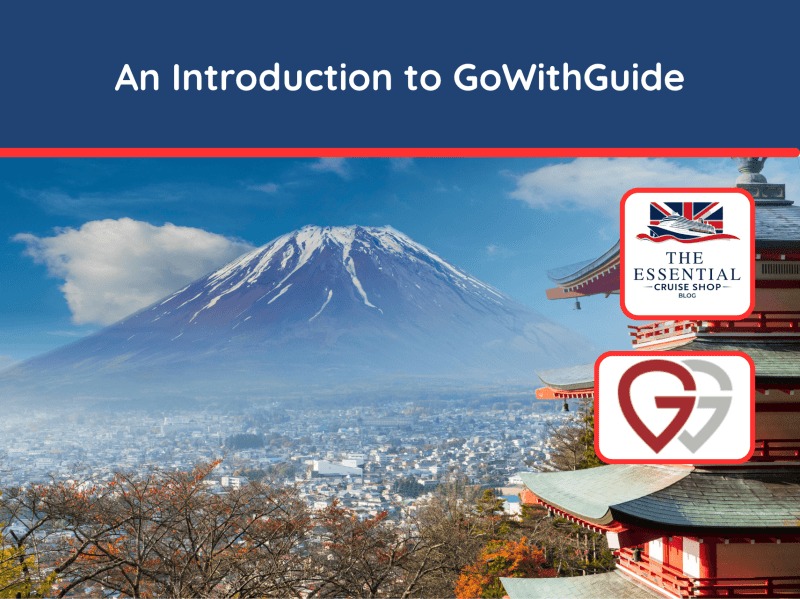Mastering Your DSLR: A Beginner's Guide
Before you head out to take photos, it’s important to understand the three main elements of exposure: aperture, shutter speed, and ISO. Aperture controls the amount of light entering the lens, shutter speed determines how long the sensor is exposed to light, and ISO adjusts the camera’s sensitivity to light. Learning how to balance these settings will allow you to capture stunning images in different lighting conditions. Practice experimenting with these settings to see how they affect your shots!
Another crucial aspect of using your DSLR is mastering composition. Good composition can make a significant difference in your photos. Start by learning basic rules like the Rule of Thirds, where you divide your frame into a grid and place points of interest along the lines or at their intersections. This technique helps create a more balanced and engaging image. Don’t be afraid to experiment with different angles and perspectives as you develop your eye for composition.
Finally, don’t forget to practice! The more you use your DSLR, the more comfortable you will become with its features and functions. Take your camera with you wherever you go, and challenge yourself to capture different subjects and scenes. By dedicating time to practice, you will not only improve your technical skills but also gain confidence in your photography abilities.
Understanding Camera Settings
One of the fundamental settings to understand is aperture, often represented by the letter "f." The aperture controls the amount of light that enters the camera and affects the depth of field. A lower f-number means a larger aperture, allowing more light and creating a blurred background effect, which is great for portraits. Conversely, a higher f-number results in a smaller aperture, providing a greater depth of field, making it suitable for landscapes.
Shutter speed is another key setting you need to master. This controls how long the camera sensor is exposed to light. A fast shutter speed is essential for freezing action, ideal for sports photography, while a slow shutter speed can create beautiful motion blur effects. Experimenting with different shutter speeds will help you understand how to capture movement and create dynamic images with your DSLR.
Lastly, ISO settings allow you to adjust your camera's sensitivity to light. A low ISO is perfect for well-lit situations, while a high ISO is useful for low-light environments. However, be cautious: increasing the ISO can introduce noise or grain into your images. By balancing aperture, shutter speed, and ISO, you can ensure your photos look spectacular, no matter the lighting conditions!
Exploring Different Shooting Modes
When it comes to mastering your DSLR, understanding different shooting modes is essential. Most DSLRs come equipped with a variety of modes that cater to different photography needs. Each mode offers unique features, allowing you to capture images that best express your creative vision. Let’s explore some of the most common shooting modes to help you make the most of your DSLR.
One of the popular modes is the Auto mode, which is perfect for beginners. In this mode, your DSLR takes care of all the settings for you, allowing you to focus solely on framing your shot. It’s a fantastic way to start learning the ropes without getting overwhelmed by technical jargon. However, as you become more confident in your skills, you may want to experiment with modes that give you more control.
The Aperture Priority mode, often denoted as "A" or "Av," lets you control the aperture while the camera automatically adjusts the shutter speed. This mode is particularly useful for achieving beautiful background blur (also known as bokeh) in portraits. By selecting a wide aperture, you can isolate your subject from the background, which is a popular technique among photographers using a DSLR.
Another exciting mode to try is Shutter Priority, labeled as "S" or "Tv." This mode allows you to set the shutter speed while the camera takes care of the aperture. This is especially helpful when you want to freeze motion in fast-paced situations, such as sports events or wildlife photography. By mastering this mode, you’ll be able to capture sharp images even in challenging conditions.
Finally, there’s the Manual mode, which gives you complete control over both aperture and shutter speed. While it may seem intimidating at first, using Manual mode can be incredibly rewarding. It allows you to tailor your settings for specific lighting conditions and creative effects, making it an indispensable tool for seasoned DSLR users. As you continue to practice and experiment, you'll develop a deeper understanding of how these settings affect your photos.
Tips for Better Photography Skills
Improving your photography skills with a DSLR can be both fun and rewarding. Here are some practical tips to help you capture stunning images. First, familiarize yourself with your camera settings. Understanding how to adjust the aperture, shutter speed, and ISO will allow you to take control of your shots in different lighting conditions.
Secondly, pay attention to composition. The rule of thirds is a great starting point; imagine dividing your frame into a grid with two horizontal and two vertical lines. Position your subject along these lines or at the intersections for a more balanced composition. Don’t be afraid to experiment with different angles and perspectives, as this can give your photos a unique touch.
Additionally, focus on lighting. Natural light can dramatically elevate your photography, so try to shoot during golden hour—shortly after sunrise or before sunset. If you’re photographing indoors, position your subject near windows to take advantage of the soft diffused light. Remember to avoid harsh overhead lights that can create unflattering shadows.
Finally, practice, practice, practice! The more you shoot with your DSLR, the more comfortable you will become with its features and settings. Consider joining a photography group or participating in challenges to inspire your creativity and receive feedback on your work. Over time, your skills will improve, and you will develop your own unique photographic style.



